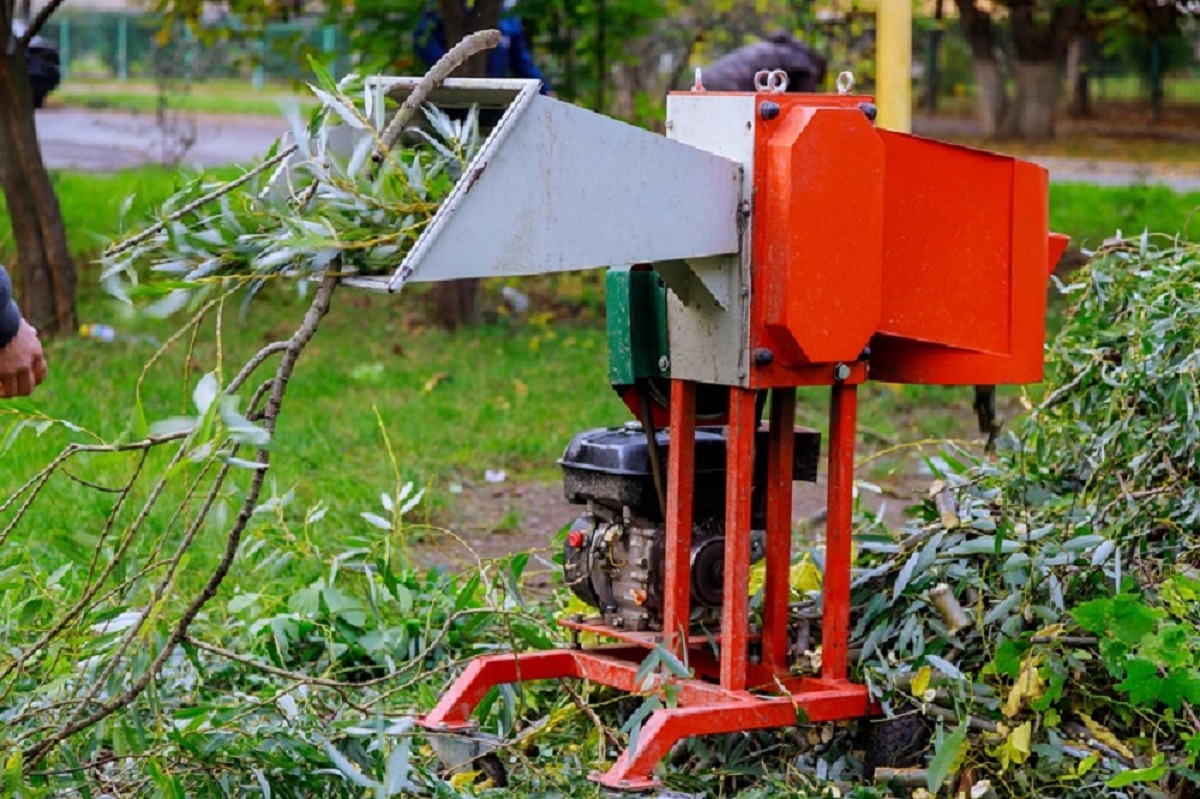Introduction
Wood chippers are essential tools for homeowners, landscapers, and farmers, as they help to efficiently convert large branches, leaves, and other organic debris into useful mulch and compost. With so many options available on the market, it can be challenging to determine which wood chipper is the best fit for your needs. In this comprehensive guide, we will explore the different types of wood chippers, their features, and the factors to consider when choosing the right machine for you. We will also discuss some top brands and models, as well as provide maintenance and safety tips for optimal performance and longevity.
1. Types of Wood Chippers
There are three main types of wood chippers: gas-powered, electric, and PTO-driven. Each type has its advantages and disadvantages, depending on your specific needs.
Gas-Powered Wood Chippers
Gas-powered wood chippers are the most common and versatile type of wood chipper. They are available in various sizes and capacities, making them suitable for small residential jobs to large-scale commercial projects. Gas-powered chippers usually have more power and can handle larger branches, up to 7 inches in diameter. However, they do produce more noise and emissions than electric models and require regular maintenance, such as oil changes and spark plug replacements.
Electric Wood Chippers
Electric wood chippers are an eco-friendly alternative to gas-powered chippers. They are typically smaller and lighter, making them easy to maneuver and store. Electric chippers are ideal for small residential jobs and can handle branches up to 1.5 inches in diameter. They also produce less noise and require less maintenance than gas-powered models. However, their performance is limited by the availability of an electrical outlet, and they may not be suitable for large-scale projects or remote locations.
PTO Wood Chippers
PTO (Power Take-Off) wood chippers are designed for use with a tractor or other heavy-duty vehicle. They are suitable for large-scale projects and can handle branches up to 10 inches in diameter. PTO chippers are powerful and efficient but require a compatible tractor and may not be suitable for small residential jobs or those without access to heavy-duty equipment.
2. Factors to Consider When Choosing a Wood Chipper
When choosing the right wood chipper for your needs, consider the following factors:
Power Source
Determine whether you prefer a gas-powered, electric, or PTO-driven wood chipper based on your project’s size and location and your access to heavy-duty equipment.
Capacity and Size
Consider the diameter of the branches you need to chip and choose a wood chipper with the appropriate capacity. Smaller electric chippers can handle branches up to 1.5 inches, while larger gas-powered and PTO chippers can handle branches up to 7-10 inches in diameter.

Mobility
If you need to transport your wood chipper between job sites, consider a model with wheels or a towable design for easy mobility.
Ease of Use
Choose a wood chipper with user-friendly features, such as adjustable chutes, easy-start mechanisms, and clear instructions for operation and maintenance.
Maintenance and Durability
Consider the maintenance requirements of each type of wood chipper and choose a model with a reputation for durability and long-lasting performance.
Safety Features
Look for wood chippers with safety features such as emergency stop switches, debris deflectors, and safety guards to protect the operator and bystanders.
3. Top Brands and Models
Some popular wood chipper brands include DR Power Equipment, WoodMaxx, and Patriot Products. Popular models include the DR Wood Chipper/Shredder, WoodMaxx WM-8H, and Patriot CSV-2515.
4. Wood Chipper Maintenance and Safety Tips
To ensure optimal performance and longevity of your wood chipper, follow these maintenance and safety tips:
- Regularly inspect your wood chipper for signs of wear, damage, or loose parts.
- Keep the blades sharp and properly adjusted.
- Change the oil and replace the spark plug on gas-powered models as recommended by the manufacturer.
- Keep the area around the wood chipper clear of debris and obstacles.
- Wear proper safety gear such as gloves, eye protection, and ear protection when operating your wood chipper.
- Read and follow the manufacturer’s instructions for operation and maintenance.
Conclusion
Choosing the right wood chipper for your needs involves carefully considering factors such as power source, capacity, mobility, ease of use, maintenance, and safety features. By understanding the different types of wood chippers and their unique advantages, you can make an informed decision that will provide you with a reliable and efficient tool for years to come. Remember to follow proper maintenance and safety guidelines to ensure the longevity and optimal performance of your chosen wood chipper.

